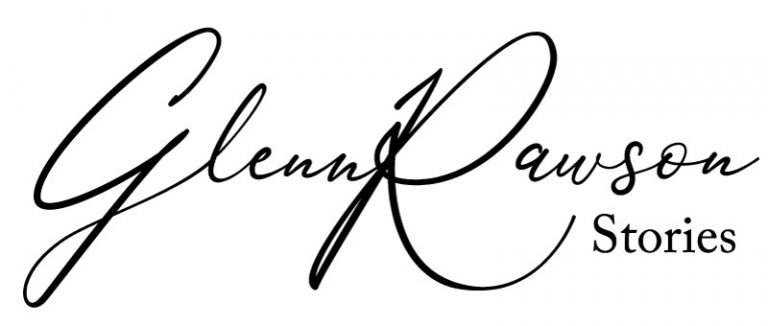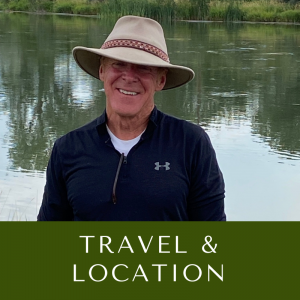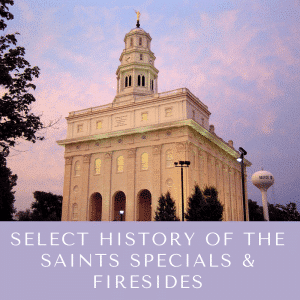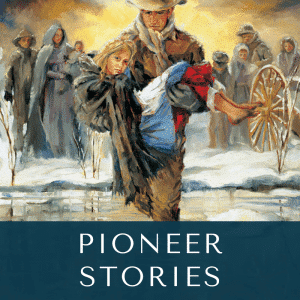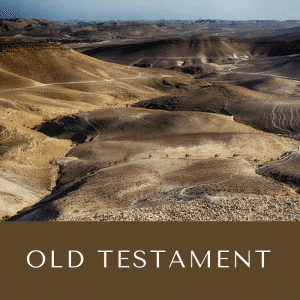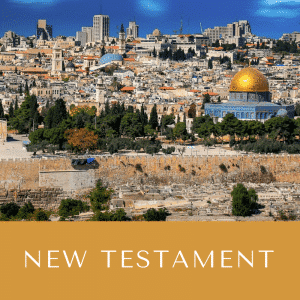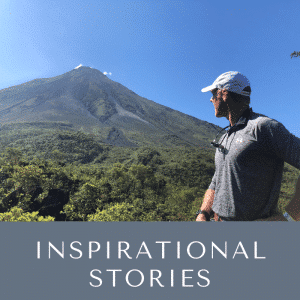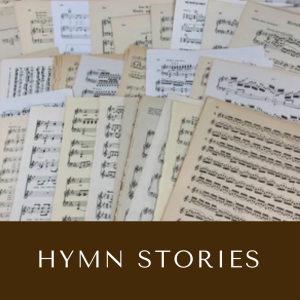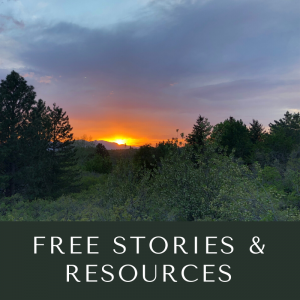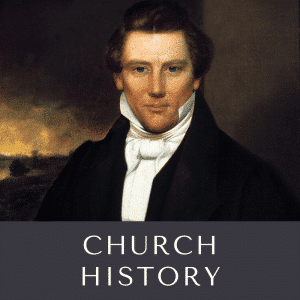Description
July 24 – Pioneer Day
July 24, 1847 About 11:45 AM Brigham Young riding in the carriage of Wilford Woodruff entered the Salt Lake Valley for the first time. Wilford would later describe that he stopped there on the benchland and turned his carriage so that the ailing president could look over the Valley. President Young was for a time enwrapped in vision. At last he said, “This is the right place. Drive on.”
From there they turned north and joined a number of their brethren camped near City Creek who had already been in the Valley for two day. When President Young arrived he found the men hard at work, plowing, planting, and constructing irrigation. Some five acres had already been cultivated near Main and First South. The next day was the Sabbath and about 10:00am the men assembled for worship around the cannon. One of the first sermons delivered was by George A. Smith who spoke of Isaiah’s prophecy of the House of the Lord being established in the tops of the mountains. There was much rejoicing and gratitude expressed, not only for having at last found the place which God for them had prepared, but that in the journey that vanguard company had lost not a man, woman, or child.
And what of that place they had found. As they entered what they called “The Great Basin” they saw it ringed with high mountains “like pyramids towering towards heaven” on all sides, some of which were beautifully capped with an abundance of snow. The lake shimmered a dark silvery blue in the distance. The canyons teemed with wildlife, bear, deer, mountain sheep, signs of buffalo, waterfowl, and so much more. Wilford Woodruff described a “vast rich fertile valley clothed with the heaviest garb of green vegetation.” It was not a barren desert wasteland. The soil was a fertile rich loam with just a bit of sand—ideal for growing crops. Grasses so thick as to lose a fox and higher than the stirrups of their saddles covered the valley floor and up into the foothills. Some of the grasses stood 10-12 feet high. The Valley abounded with “the best fresh water springs, rivulets, creeks, brooks, and rivers.” Along these gravel-bottomed water courses willows and shrubs covered both banks. It was indeed as the mountaineers had described “The Oasis of the Wasatch,” a beautiful rich land teeming with promise and prospects.
Mountain men like Jedediah Smith had frequented this area many times before. Native American tribes roamed over the land and within a short time visited the pioneer camp. This was not the United States, but Mexican territory and would remain so until the Treaty of Guadalupe Hildalgo ceded it to the United States the following year.
When Thomas Bullock first looked upon the Valley from the east he was constrained to exclaim “Hurrah, Hurrah, hurrah, there’s my home at last.” Wilford Woodruff reflected, “Thoughts of pleasant meditation ran in rapid succession through our minds at the anticipation that not many years hence the House of God would be established in the mountains and exalted above the hills, while the valleys would be converted into orchards, vineyards, fields, etc, planted with cities, and the standard of Zion be unfurled into which the nations would gather.” And indeed they would come driven by faith and dreams of freedom often in extreme peril by land and by sea. Some 70,000 of them would into the Great Basin between 1847 and 1869, and thousands would die along the way buried at sea or in a myriad of unknown and unmarked graves along the trail. The price they paid for their faith is our enduring legacy, our family pride, and the needle of the Liahona that points our eternal course. Pioneer day started in 1849 and it is that we may remember.
Sources: https://www.loc.gov/item/today-in-history/july-24/#pioneer-day
https://historyofthesaints.org/july-24-1847/
Copyright Glenn Rawson 2022
